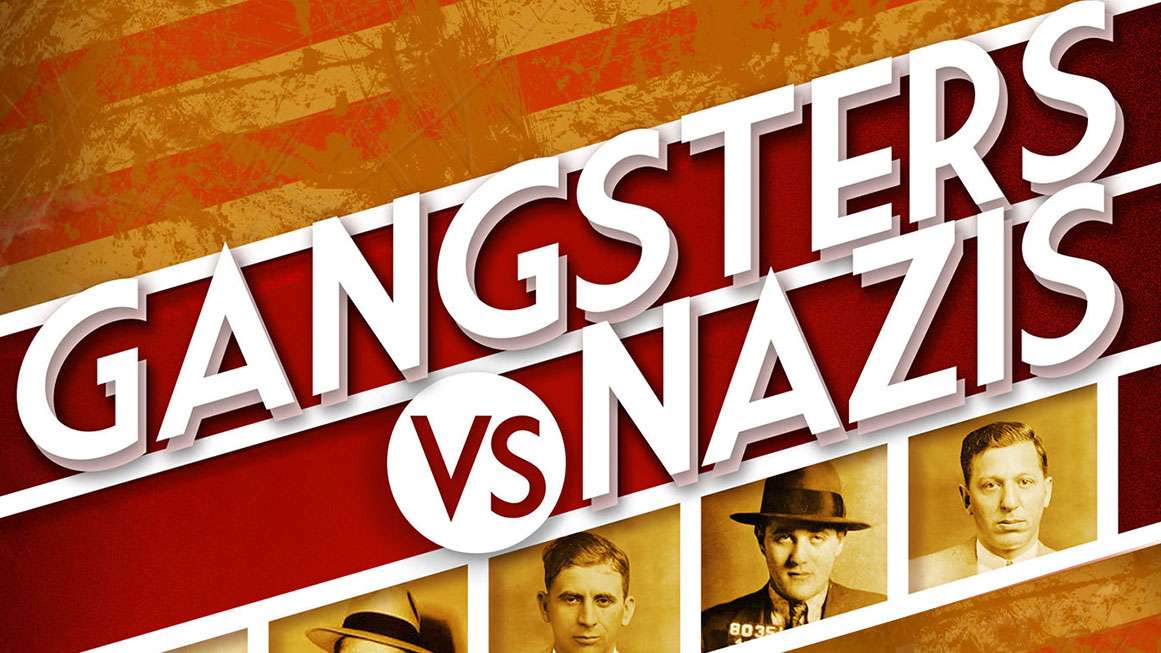inside Gangsters vs. Nazis, crime historian Michael Benson invites us to cheer for the Jewish mobsters who attacked Hitler’s supporters and sympathizers in cities like New York, Chicago, Newark, and Los Angeles in the 1930s. Benson credits New York judge Nathan D. Perlman, who conspired with legendary Jewish gangster Meyer Lansky to disrupt meetings of the German American Bund, with “thinking outside the box and teaching anti-Semitism that Jews are tough and that it can be dangerous. Be a Nazi.”
Perlman’s out-of-the-box thinking, which led to violent clashes with Bund members and fascist Silver Shirts across the country, involved many acts of aggression, including bloody beatings that stopped only after killing. Although Benson occasionally concedes that the campaign was completely illegal and deliberately punished antisemites for exercising their First Amendment rights, he has little patience with such objections.
According to the “company line,” Benson wrote, “hate speech was protected by free speech.” But in reality, he rejected, “hate speech was tantamount to inciting riots.” Unfortunately, he says, “there was no such thing as illegal ‘hate speech’ back then.”
Nor does the US have such a thing today. inside Brandenburg v. OhioIn a 1969 case involving a Klansman whose bigotry led to criminal charges, the Supreme Court ruled that the government could not punish such speech unless it was “directed” to “imminent illegal action” and “possible.”
As alarming as the speeches of the Bund and the Silver Shirts were against the background of what was happening in Germany, they clearly did not meet that test. And as emotionally satisfying as Benson’s colorful tale of meeting offensive speech with violence may be, tolerating and appreciating such behavior is characteristic not of admirable Americanism but of oppressive regimes like Hitler’s.

